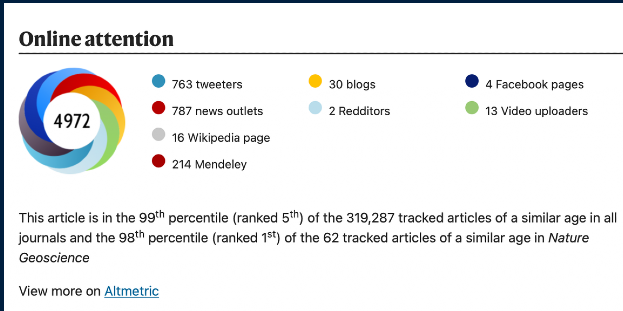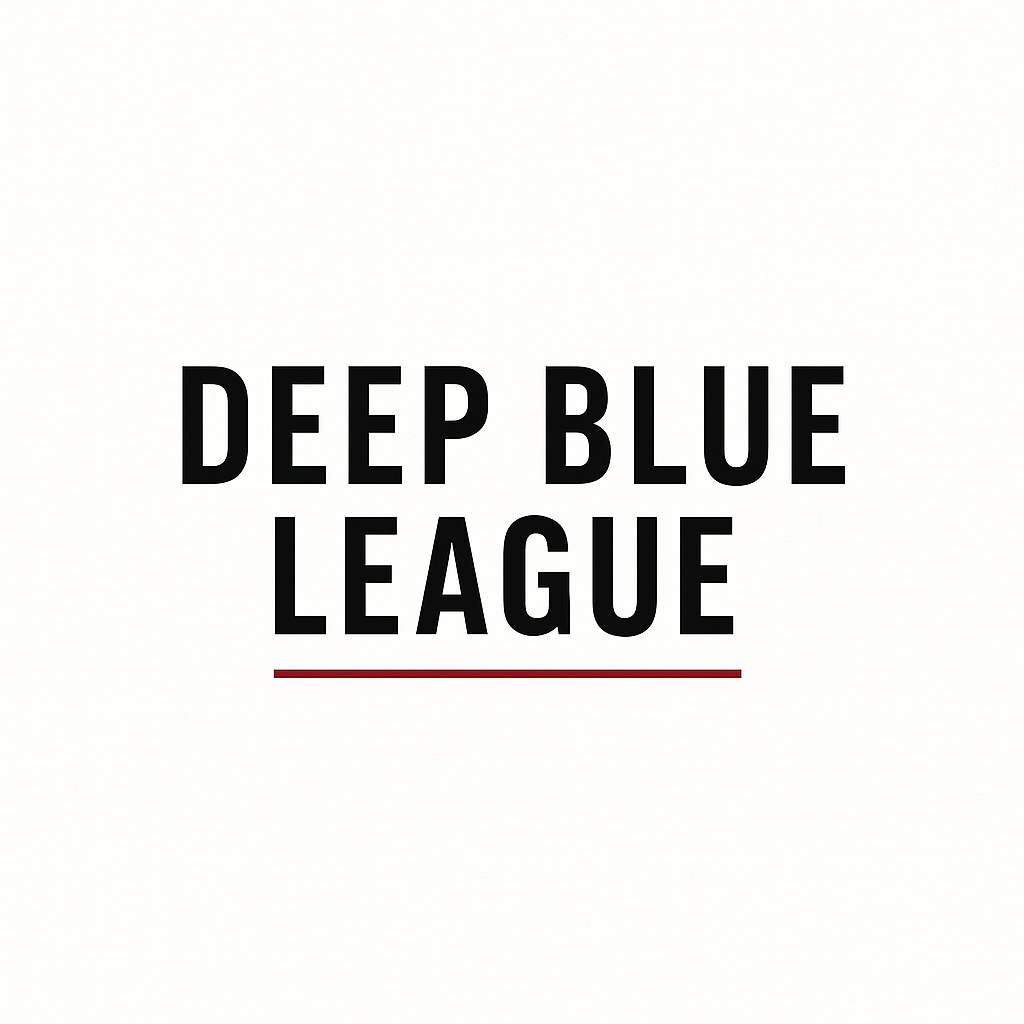'Dark Oxygen' professor to present in-person evidence today.

A Scottish professor who claims poly-metallic deep sea nodules produce oxygen has promised to present "several items of evidence for it and discuss the results in the context of what they mean for seabed mining activities".
Prof. Andrew Sweetman of the Scottish Association for Marine Science will make the case at a webinar hosted by COBRA, a global research network committed to accelerating scientific understanding of deep sea ecosystems.
Cobra, or Crustal Ocean Biosphere Research Accelerator, hosts webinars monthly and will feature Sweetman in a talk today (3pm EDT) entitled "The Evidence for Dark Oxygen Production at the Abyssal Seafloor of the CCZ, and What Does the Evidence Mean?".
Professor Sweetman first published his research team's findings in Nature Geoscience in July last year and has amassed an impressive 345, 000 views, 16 citations, and several high profile features so far.
It is ranked 1st among the 62 tracked articles of a similar age in Nature Geoscience.

What the paper says and why it matters
The research team looked into oxygen levels in the deep sea-bed area by trapping sediment in benthic chambers and concluded that it was being produced by the polymetallic mineral-rich rocks that commercial miners are interested in surfacing.
They said the oxygen levels found in the chambers should have been less because seabed creatures were using some of it.
However that was not the case, and by observing electric charge from the rocks, they concluded that the nodules were giving off oxygen.
Given that science previously established that photosynthesis was required for the production of oxygen, the findings were a big deal.
They also add to the arguments being made by detractors of deep sea mining who say the nodules may have a larger purpose in maintaining deep sea and planet-wide ecosystems.
The Rebuttal
However, not everyone is impressed by the findings.
The Metals Company, who says its deep sea exploration data was used for the paper and that it partly funded the study, wrote a searing rebuttal on its website and funded a preprint in response.
A preprint is a research paper published before it has been peer reviewed.
The preprint, summarised on TMC's website took aim at Sweetman and his team's methodology and challenged the integrity of the research.
In its web statement, TMC wrote:
By selectively reporting data and omitting key evidence, including experiments that show oxygen increases without nodules, they significantly alter how one interprets the results and contradict their claims.
TMC also took aim at the extensive media coverage:
We would suggest that rarely has a dataset been published that so emphatically undermines the leading hypothesis. Yet, Sweetman’s supposed findings of ‘dark oxygen’ were sensationalised in media headlines worldwide.
Who else funded the dark oxygen research
Professor Sweetman and his team's research were also partly funded by UK Seabed Resources, another deep sea mining contractor which was previously owned by Lockheed Martin and then the now-bankrupt Norwegian firm Loke Marine Minerals.
How to attend the webinar today
Anyone can register to attend Professor Sweetman's talk. There will also be opportunity for questions.
- For editorial comments or to submit anything related to deep sea mining, get in touch at [email protected]

